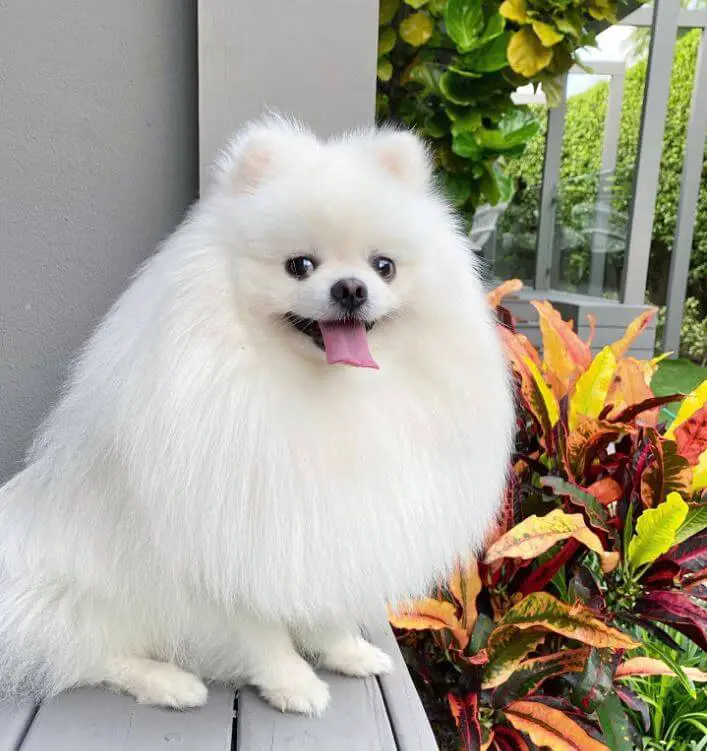Grooming is an essential part of your dog’s care routine, promoting their hygiene and overall well-being. However, many dogs find grooming procedures, such as brushing, bathing, or nail trimming, stressful or unpleasant. The good news is that with patience, positive reinforcement, and proper training, you can teach your dog to enjoy grooming sessions. In this article, we will explore effective tips and techniques to help your dog have a positive grooming experience.

#1 – Start Early and Gradually:
Introduce grooming to your dog from a young age to familiarize them with the process. Start with short and gentle sessions, gradually increasing the duration over time. This allows your dog to become accustomed to the sensations and develop a positive association with grooming.
#2 – Positive Reinforcement:
Use positive reinforcement techniques, such as treats, praise, and rewards, to encourage your dog during grooming sessions. Reward them for calm behavior, staying still, and allowing you to handle different body parts. This helps create a positive association between grooming and positive experiences.
#3 – Desensitization:
Help your dog become desensitized to grooming tools and procedures by gradually introducing them in a non-threatening way. For example, let them sniff and explore grooming tools, then reward them for their curiosity. Touch their body parts gently, gradually increasing the pressure to mimic grooming actions, while providing treats and praise. This helps them feel comfortable and relaxed during actual grooming sessions.
#4 – Counterconditioning:
If your dog already has negative associations with grooming, counterconditioning can help change their perception. Associate grooming activities with something pleasant by offering treats, playing with toys, or providing a favorite activity during or immediately after grooming. This helps your dog view grooming as a positive and rewarding experience.

#5 – Take Baby Steps:
Break down grooming tasks into small steps and work on each one separately. For example, start by simply touching your dog’s paws, then progress to holding them for short durations. Gradually introduce nail clippers or a nail grinder, rewarding your dog for calm behavior. This incremental approach helps prevent overwhelming your dog and allows them to gradually adjust to each grooming task.
#6 – Use Proper Tools and Techniques:
Invest in high-quality grooming tools that are suitable for your dog’s coat type and size. This ensures a more comfortable grooming experience. Learn proper grooming techniques, such as how to brush, bathe, or trim nails, to minimize discomfort and maximize efficiency. If needed, consult a professional groomer for guidance.
#7 – Make It a Positive Routine:
Establish a regular grooming routine to make it a familiar and predictable part of your dog’s life. Consistency helps build trust and reduces anxiety. Choose a quiet and calm environment for grooming sessions, free from distractions. Set aside dedicated time for grooming, and try to maintain a calm and relaxed demeanor during the process.
#8 – Seek Professional Help if Needed:
If your dog continues to exhibit significant fear, anxiety, or aggression during grooming despite your efforts, consult a professional dog trainer or a qualified groomer experienced in working with anxious dogs. They can provide additional guidance, techniques, or recommend specialized handling methods to address your dog’s specific needs.

Teaching your dog to enjoy grooming is a gradual process that requires patience, positive reinforcement, and consistency. By starting early, using positive techniques, and gradually introducing grooming procedures, you can help your dog feel more comfortable and relaxed during grooming sessions. Remember to make grooming a positive and rewarding experience, and seek professional assistance if needed. With time and effort, you can foster a positive association with grooming and ensure your dog’s overall well-being and hygiene.
